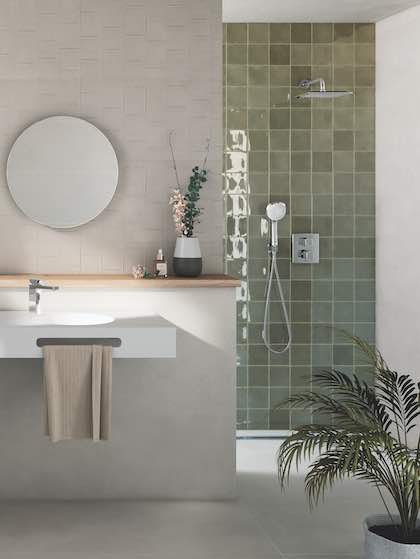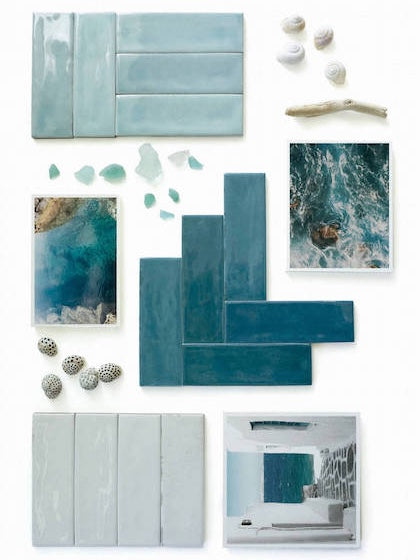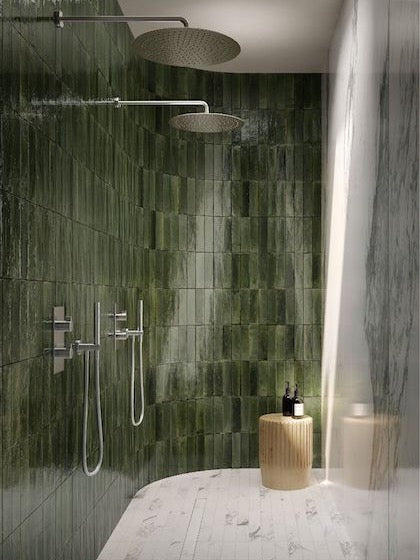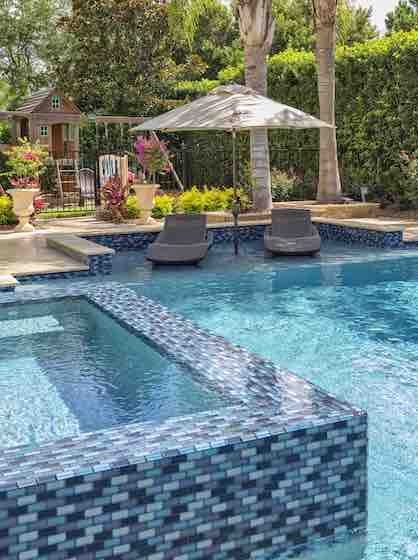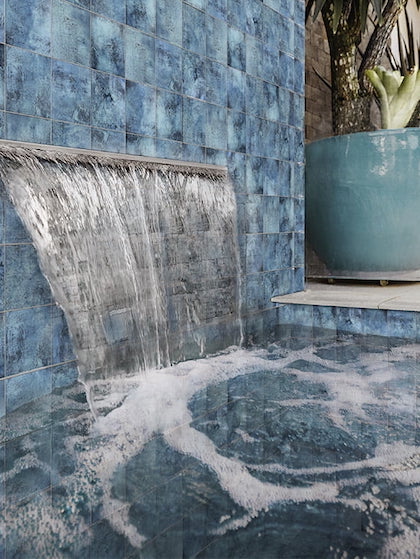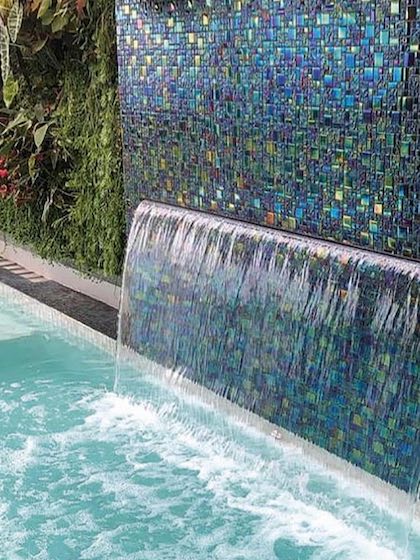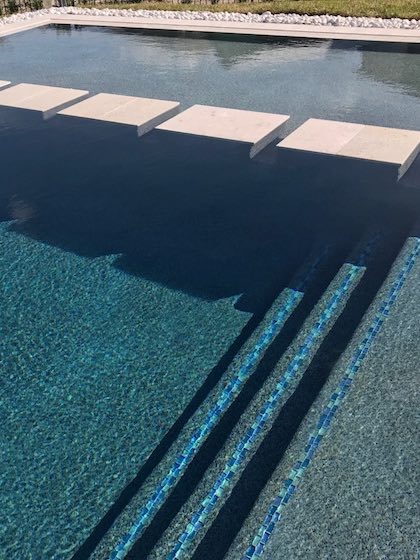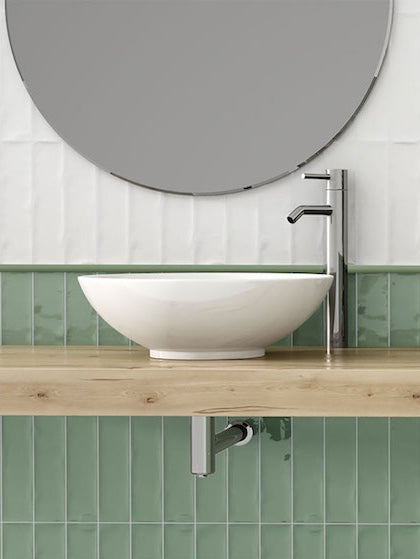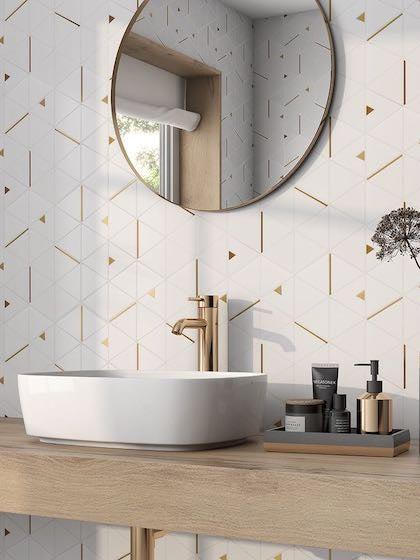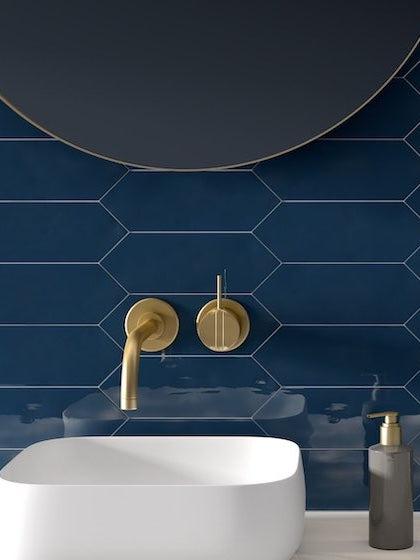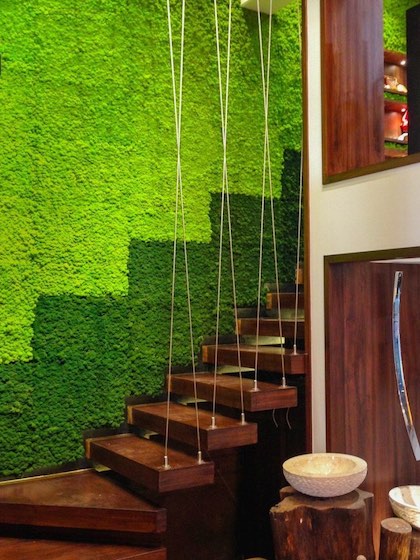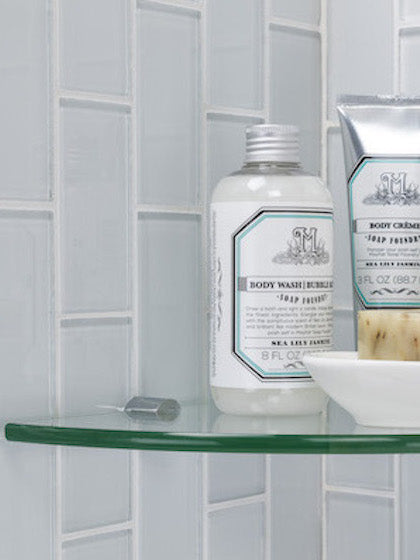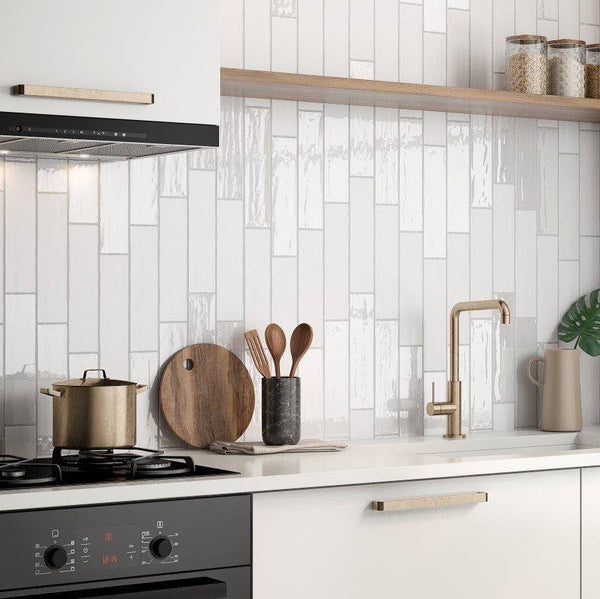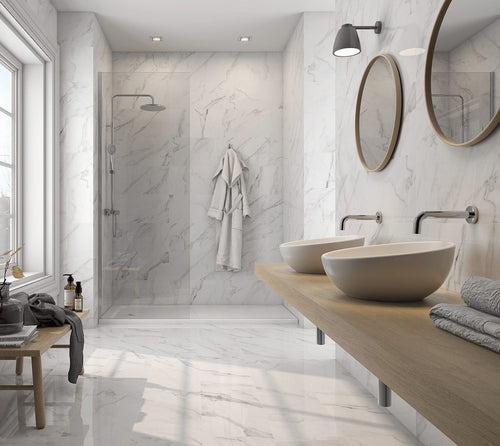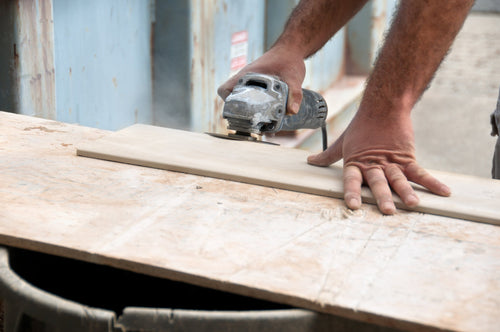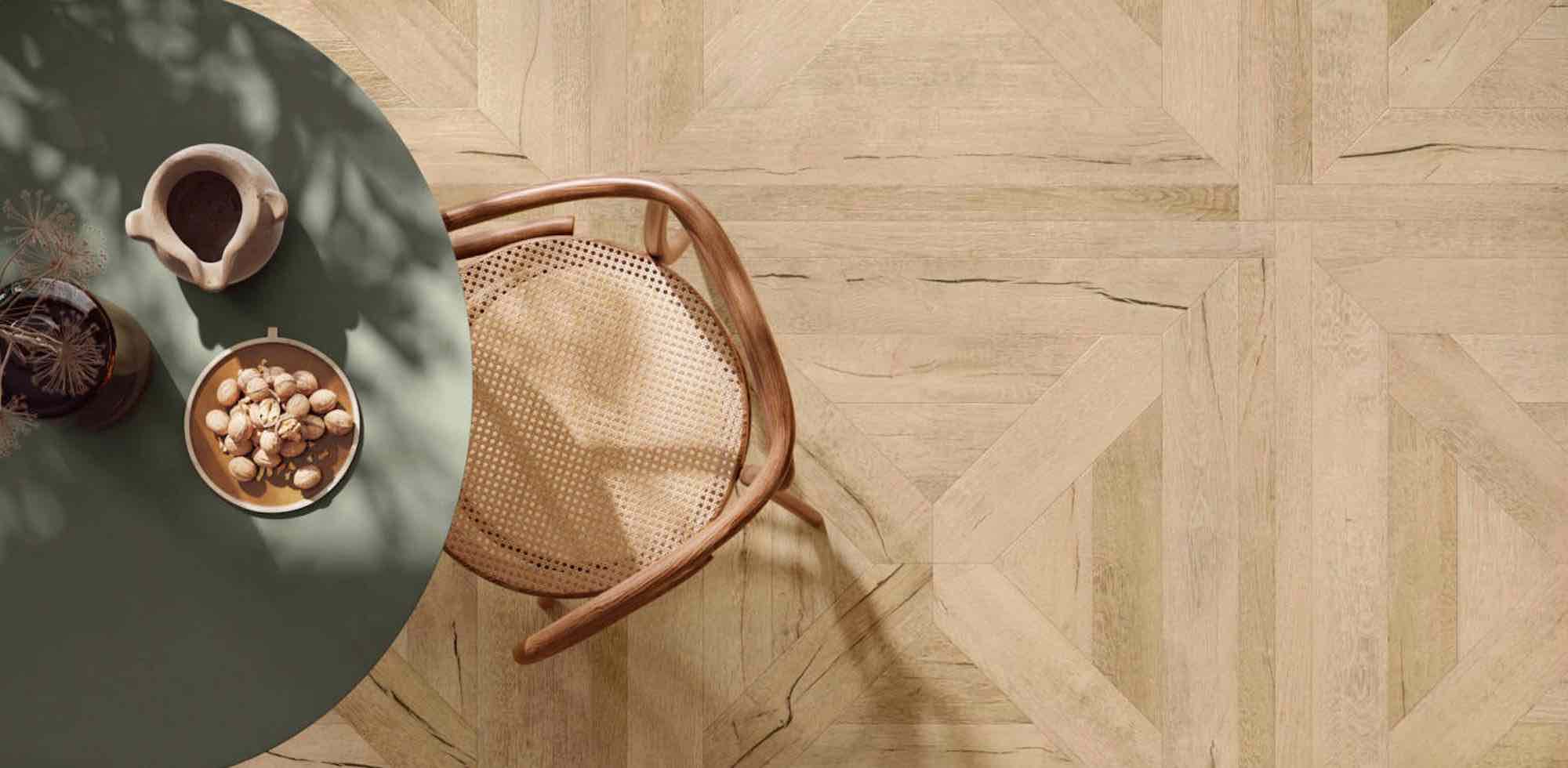After thoroughly researching the best tile for your kitchen and bathroom, the finalists are undoubted, glass and ceramic tiles. Since both of these options play a great role in defining personality and functionality - it can be quite confusing to pick the best out of two. They both offer a wide array of options in variety and prices along with pros and cons to help you make informed decisions. So, let’s have a look at how the two famous tiles differ in characteristics!
Key Highlights
- Glass tiles offer 0% water absorption and unmatched aesthetics but require professional installation and come at a higher cost.
- Ceramic tiles are affordable, easy to install, and durable, but have limited color variety and slight water absorption.
- Glass tiles are ideal for backsplashes and walls, while ceramic tiles are better suited for floors and budget-friendly applications.
- Combining glass and ceramic tiles can balance style, function, and cost in kitchens and bathrooms.
A Guide to Glass Tiles

Composed of thin pieces of glass with a translucent glaze, these glass tiles are either sold individually or in a predesigned mosaic pattern to leave an everlasting impact on the walls. These tiles have a glass-like appearance that is generally washable, stain-resistant, and extremely durable. Even though neither of the options compromises on aesthetics and beauty - there are still certain differences that set them both apart from each other.
Pros
- Zero Water Absorption - Generally, glass tiles are impervious to water with a rate of 0% absorbance.
- Easy Cleanability - These tiles are quite easy to maintain and the collected dirt on the surface can easily be wiped off with a little soapy water and a cleanser detergent. This is a great reason why molds can never be grown on their surface.
- Timeless Aesthetics - These tiles are available in endless translucence varieties that make up a beautiful, modern, and contemporary style.
- Sustainability - These tiles are made of 100% recycled materials and they require half the energy during construction. Further, at the end of their lifecycle - they can be recycled again.
Cons
- Expensive - Not really a budget-friendly option, glass tiles are known as one of the most expensive backsplash tiles.
- Professional Labor - Installing the glass tiles is not an easy task as it requires a skilled professional.
A Guide to Ceramic Tiles

Ceramic tiles are composed when the clay is fired at a very high temperature. This is quite a common tile type used in the interior design industry across the residential, commercial, hospitality, and healthcare sectors, specially as bathroom tiles. And since they are available in a wide array of shapes, looks, and sizes - it is even easier to create that desired mood.
Pros
- Affordability - One of the most inexpensive options, a ceramic tile may cost around $4 - $8 per square foot. However, if you choose a designer or artistic pattern - this cost is bound to rise.
- Easy Installation - With the correct guidance, practice, and patience - you can easily install a ceramic tile without any professional assistance.
Cons
- Limitation in Variety - Unlike glass tiles, ceramic tiles are only available in certain colors - black, white, and earthy tones.
- Colors Differ from Lots to Lots - If you are planning to use ceramic tiles in your home, ensure that you stock up on it because it is quite a possibility that the next batch differs in tones and variety.
Summing it Up
Generally, glass tiles are a preferred option over ceramic tiles. However, if the glass is not in your budget - then you might choose the option of mixing and matching the ceramic and glass tiles.
Choosing the Right Tile: What Sets Glass and Ceramic Apart
Durability and Scratch Resistance
When it comes to durability, ceramic tiles generally have an edge. While glass tiles are non-porous and resistant to moisture, they are more prone to chipping or cracking—especially around the edges or if installed in high-traffic areas. Ceramic tiles are denser and can better withstand impact, making them suitable for both floors and walls.
Water Absorption and Usage Areas
Glass tiles offer 0% water absorption, making them perfect for moisture-prone areas like bathroom walls, kitchen backsplashes, and shower enclosures. Ceramic tiles, although available in glazed forms that resist water, still have a slight water absorption rate (typically between 0.5% and 3%), which may require additional sealing when used in wet zones.
Cost Comparison (Material and Labor)
Glass tiles are significantly more expensive than ceramic—both in terms of material and installation. The average price of glass tiles ranges from $8 to $30 per square foot, while ceramic tiles typically range between $4 and $8. Additionally, glass tiles often require professional installers due to their delicate nature, whereas ceramic tiles are DIY-friendly and help save on labor costs.
Installation Complexity and DIY Suitability
Installing glass tile is more complex and requires experience. Special tools, careful handling, and specific grout types like unsanded grout are necessary to avoid scratches or visible adhesive behind the tile. Ceramic tiles, on the other hand, are much easier to cut, align, and install—making them a popular choice for homeowners taking on DIY tiling projects.
Conclusion
Glass and ceramic tiles each have their strengths. Glass tiles offer a sleek, modern look with zero water absorption and eco-friendly benefits, making them ideal for backsplashes and accent walls—though they are costly and require professional installation. Ceramic tiles, on the other hand, are affordable, easier to install, and versatile, but have limited color variety and slight water absorption. If budget allows, go for glass in feature areas; otherwise, ceramic is a practical, stylish solution. For balance, combining both can give you style and savings.

